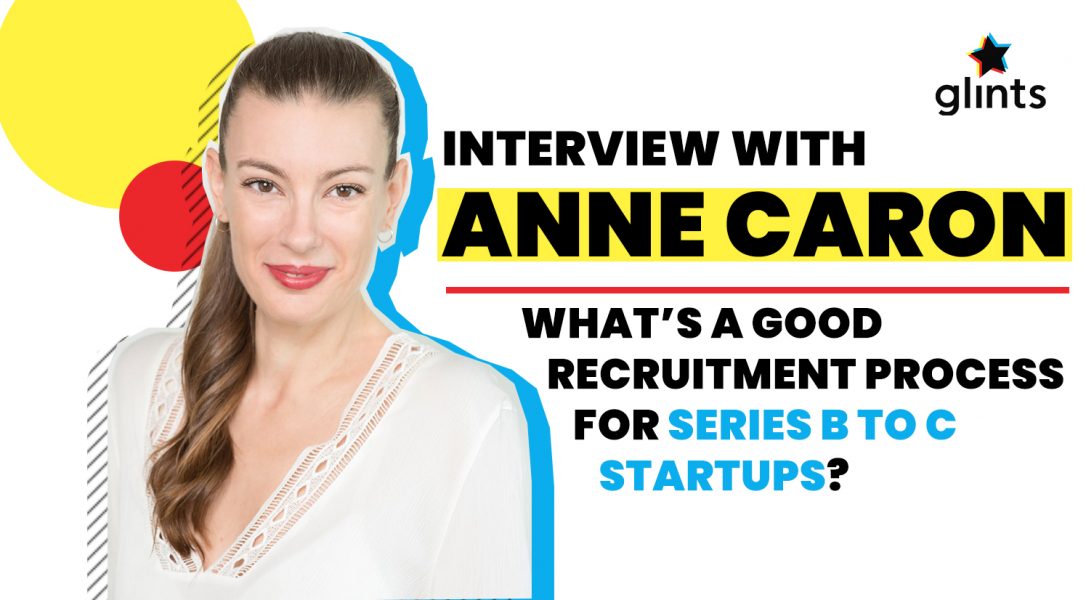The recruitment process for Series B to C startups: People strategy expert


Moving from Series B to Series C can be a daunting process for some startups. Whether you’re a newly-minted Series B startup, struggling to break free from Series B, or new to Series C, the period is critical and having a good recruitment process will help make things easier.
So, to find out about recruitment for startups, especially later-stage ones, we spoke to recruiter Anne Caron. Anne is an ex-Googler and founder of Trellis Asia. At Trellis Asia, she specialises in professional training and coaching for companies looking to scale from Series B to Series C.
What defines a good recruitment process for Series B to C startups?
Anne: If you look at the life of startups, at the Series B to C stage, the culture of hiring needs to move from hiring fast to hiring slow. If you hire fast, you have to fire fast as well. Hiring fast is alright at the Series A stage when you’re when you’re still figuring out what you’re doing and what you need. This being said, if you hire fast, you have to fire fast as well… which is not always easy to do. But you can’t afford to do this from Series B to Series C. You need to start planning for your needs and hire the right people for the right roles. Opportunistic hiring should also be avoided.
How would you recommend them to create a good recruitment process?
Anne: As just mentioned, by Series B, since growth is accelerating, you can’t afford a trial and error process anymore. What companies should do is to bring in a full-time recruiter. This will really help to build a hiring strategy, a consistent process and an employer brand. Having someone to implement and build these foundations and train interviewers is critical as the company scales.
One mistake that I often see companies make is that potential employees are only interviewed by the hiring manager. This might not be an objective method!
A typical process should be: The recruiter interviews all potential employees first, followed by interviews with two to five other interviewers. Typically there are three interview rounds, the first one is an overall assessment of the candidate (done by the recruiter), followed by the second one to evaluate the technical fit, and the third one to assess cultural fit (possibly done by someone from another team or department). The use of behavioural questions for both the technical and culture fit interviews is much more powerful because it allows to collect concrete data on the candidate’s behaviours and thought process, and it avoids repeating the same interview questions about the candidate’s past experience over and over!

In your experience, what are some guiding principles behind this process?
Anne: The four principles I always follow are:
One last thing that anyone involved in a recruitment process should be aware of is to care for the candidate experience!
What words of advice would you give to stagnating startups seeking to break out of Series B?
Anne: As we all know, there are four key aspects of any business model:
Most founders only focus on the first three. Having a good product is the key pillar of Series A. At Series B they focus on building a revenue model and raising significant funds for scale. Companies usually enter a “hypergrowth” phase at Series C, which means increasing the size of the organisation rather significantly, hiring a lot of new employees, opening new offices, training new managers, implementing HR processes, etc. But they most certainly have not spent enough time building an organisation that is able to scale and everything suddenly needs to be happening all at once. The organisation is starting to lag behind the business needs and this is endangering the business growth.
To avoid endangering the organisation, planning is important. So build a roadmap for your organisation!
Making it from Series B to C is therefore about planning your growth and building a roadmap for your organisation. Think ahead and plan. First, who do you hire? Then who’s next? Which HR processes to implement first? The list goes on. Make sure you have someone in charge at all points. If not, you probably need to hire someone to take that role!
Anne Caron is a former Google employee (also known as Xooglers) who is currently a partner at Trellis Asia. Their mission is to help startups maximise their potential and become world-class organisations, especially at the Series B to Series C stage. Some of Anne’s specialities include team and organisation set up and people and program management. You can reach out to her here!